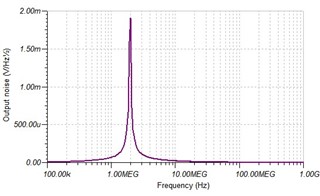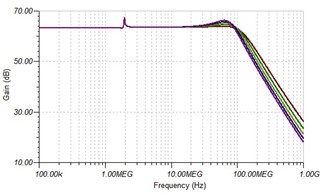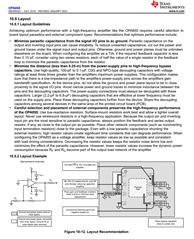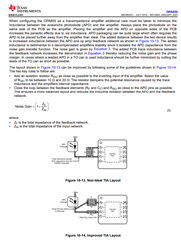Other Parts Discussed in Thread: OPA814, , TINA-TI
Tool/software:
Dear Support Team,
We are evaluating the OPA855 for use in a transimpedance amplifier (TIA) targeting 100 MHz bandwidth, with a total photodiode capacitance of approximately 100 pF (5×20 pF units) in a shunt bootstrapped configuration using the OPA814.
We have studied the relationship between photodiode capacitance and bandwidth, and have simulated the attached schematic in TINA-TI. So far, the simulation results look promising.
I have a couple of questions:
-
Noise Peak at 2 MHz: In the simulation, a noise peak appears around 2 MHz. Increasing the value of C7 shifts this peak to lower frequencies but also makes it more pronounced. Is there a recommended method to mitigate this noise behavior?
-
PCB Layout Considerations: I’m planning to design a PCB for this schematic. Could you please review the design and let me know if there are any major concerns or common pitfalls I should watch out for—particularly regarding parasitic capacitance or any critical layout areas?
Any guidance would be greatly appreciated.
Best regards,





